-
Executive Summary
-
Market Introduction
-
Market Definition
-
Scope of the Study
-
Market Structure
-
Research Methodology
-
Primary Research
-
Secondary Research
-
Market size Estimation
-
Forecast Model
-
List of Assumptions
-
Limitations of the Study
-
Market Insights
-
Market Dynamics
-
Introduction
-
Market Drivers
-
Market Restraints
-
Market Opportunities
-
Value Chain/Supply Chain Analysis
-
Porter’s Five Forces Analysis
- Threat of New Entrants
- Bargaining Power of Buyers
- Bargaining Power of Suppliers
- Threat of Substitutes
- Rivalry
-
Global Hydraulic Equipment Market, by Component
-
Introduction
-
Pumps
- Market Estimates & Forecast, 2024–2032
- Market Estimates & Forecast, by Region/Country, 2024–2032
-
Motors
- Market Estimates & Forecast, 2024–2032
- Market Estimates & Forecast, by Region/Country, 2024–2032
-
Valves
- Market Estimates & Forecast, 2024–2032
- Market Estimates & Forecast, by Region/Country, 2024–2032
-
Cylinder
- Market Estimates & Forecast, 2024–2032
- Market Estimates & Forecast, by Region/Country, 2024–2032
-
Accessories
- Market Estimates & Forecast, 2024–2032
- Market Estimates & Forecast, by Region/Country, 2024–2032
-
Global Hydraulic Equipment Market, by Application
-
Introduction
-
Industrial
- Market Estimates & Forecast, 2024–2032
- Market Estimates & Forecast, by Region/Country, 2024–2032
-
Mobile
- Market Estimates & Forecast, 2024–2032
- Market Estimates & Forecast, by Region/Country, 2024–2032
-
Global Hydraulic Equipment Market, by Region
-
Introduction
-
North America
- Market Estimates & Forecast, by Country, 2024–2032
- Market Estimates & Forecast, by Component, 2024–2032
- Market Estimates & Forecast, by Application, 2024–2032
- US
- Canada
- Mexico
-
Europe
- Market Estimates & Forecast, by Region, 2024–2032
- Market Estimates & Forecast, by Component, 2024–2032
- Market Estimates & Forecast, by Application, 2024–2032
- UK
- France
- Germany
- Italy
- Rest of Europe
-
Asia-Pacific
- Market Estimates & Forecast, by Country, 2024–2032
- Market Estimates & Forecast, by Component, 2024–2032
- Market Estimates & Forecast, by Application, 2024–2032
- China
- Japan
- India
- South Korea
- Rest of Asia-Pacific
-
Middle East & Africa
- Market Estimates & Forecast, by Country, 2024–2032
- Market Estimates & Forecast, by Component, 2024–2032
- Market Estimates & Forecast, by Application, 2024–2032
- Saudi Arabia
- UAE
- South Africa
- Rest of Middle East & Africa
-
South America
- Market Estimates & Forecast, by Region, 2024–2032
- Market Estimates & Forecast, by Component, 2024–2032
- Market Estimates & Forecast, by Application, 2024–2032
- Brazil
- Argentina
- Rest of South America
-
Competitive Landscape
-
Competitive Scenario
-
Competitive Benchmarking of the Global Hydraulic Equipment Market
-
Major Growth Strategy in the Global Hydraulic Equipment Market
-
Market Share Analysis, 2023
-
Bosch Rexroth: The Leading Player in terms of Number of Developments in Global Hydraulic Equipment Market
-
New Product Development
-
Mergers & Acquisitions
-
Contracts & Agreements
-
Expansions & Investments
-
Company Profile
-
Bosch Rexroth (Germany)
- Company Overview
- Products/Services Offering
- Financial Overview
- Key Developments
- Strategy
- SWOT Analysis
-
Eaton (Ireland)
- Company Overview
- Products/Services Offering
- Financial Overview
- Key Developments
- Strategy
- SWOT Analysis
-
Parker Hannifin (Us)
- Company Overview
- Products/Services Offering
- Financial Overview
- Key Developments
- Strategy
- SWOT Analysis
-
Kawasaki (Japan)
- Company Overview
- Products/Services Offering
- Financial Overview
- Key Developments
- Strategy
- SWOT Analysis
-
Hawe (Germany)
- Company Overview
- Products/Services Offering
- Financial Overview
- Key Developments
- Strategy
- SWOT Analysis
-
Hydac (Germany)
- Company Overview
- Products/Services Offering
- Financial Overview
- Key Developments
- Strategy
- SWOT Analysis
-
Moog (US)
- Company Overview
- Products/Services Offering
- Financial Overview
- Key Developments
- Strategy
-
Bucher Hydraulics (Germany)
- Company Overview
- Products/Services Offering
- Financial Overview
- Key Developments
- Strategy
-
Daikin (Japan)
- Company Overview
- Products/Services Offering
- Financial Overview
- Key Developments
- Strategy
-
Concentric (Sweden)
- Company Overview
- Products/Services Offering
- Financial Overview
- Key Developments
- Strategy
-
Casappa (Italy)
- Company Overview
- Products/Services Offering
- Financial Overview
- Key Developments
- Strategy
-
Nachi-Fujikoshi (Japan)
- Company Overview
- Products/Services Offering
- Financial Overview
- Key Developments
- Strategy
-
Dantal Hydraulics (India)
- Company Overview
- Products/Services Offering
- Financial Overview
- Key Developments
- Strategy
-
Fluitronics GmbH (Germany)
- Company Overview
- Products/Services Offering
- Financial Overview
- Key Developments
- Strategy
-
Linde Hydraulics (Germany)
- Company Overview
- Products/Services Offering
- Financial Overview
- Key Developments
- Strategy
-
Appendix
-
References
-
Related Reports
-
List of Abbreviations
-
-
List of Tables
-
List of Assumptions
-
Global Hydraulic Equipment Market, by Component, 2024–2032, (USD Million)
-
Global Hydraulic Equipment Market, by Application, 2024–2032, (USD Million)
-
Global Hydraulic Equipment Market, by Region, 2024–2032, (USD Million)
-
North America: Hydraulic Equipment Market, by Country, 2024–2032, (USD Million)
-
North America: Hydraulic Equipment Market, by Component, 2024–2032, (USD Million)
-
North America: Hydraulic Equipment Market, by Application, 2024–2032, (USD Million)
-
US: Hydraulic Equipment Market, by Component, 2024–2032, (USD Million)
-
US: Hydraulic Equipment Market, by Application, 2024–2032, (USD Million)
-
Canada: Hydraulic Equipment Market, by Component, 2024–2032, (USD Million)
-
Canada: Hydraulic Equipment Market, by Application, 2024–2032, (USD Million)
-
Mexico: Hydraulic Equipment Market, By Type, 2024–2032, (USD Million)
-
Mexico: Hydraulic Equipment Market, by Application, 2024–2032, (USD Million)
-
Europe: Hydraulic Equipment Market, by Country, 2024–2032, (USD Million)
-
Europe: Hydraulic Equipment Market, by Component, 2024–2032, (USD Million)
-
Europe: Hydraulic Equipment Market, by Application, 2024–2032, (USD Million)
-
UK: Hydraulic Equipment Market, by Component, 2024–2032, (USD Million)
-
UK: Hydraulic Equipment Market, by Application, 2024–2032, (USD Million)
-
France: Hydraulic Equipment Market, by Component, 2024–2032, (USD Million)
-
France: Hydraulic Equipment Market, by Application, 2024–2032, (USD Million)
-
Italy: Hydraulic Equipment Market, by Component, 2024–2032, (USD Million)
-
Italy: Hydraulic Equipment Market, by Application, 2024–2032, (USD Million)
-
Germany: Hydraulic Equipment Market, by Component, 2024–2032, (USD Million)
-
Germany: Hydraulic Equipment Market, by Application, 2024–2032, (USD Million)
-
Rest of Europe: Hydraulic Equipment Market, by Component, 2024–2032, (USD Million)
-
Rest of Europe: Hydraulic Equipment Market, by Application, 2024–2032, (USD Million)
-
Asia-Pacific: Hydraulic Equipment Market, by Country, 2024–2032, (USD Million)
-
Asia-Pacific: Hydraulic Equipment Market, by Component, 2024–2032, (USD Million)
-
Asia-Pacific: Hydraulic Equipment Market, by Application, 2024–2032, (USD Million)
-
China: Hydraulic Equipment Market, by Component, 2024–2032, (USD Million)
-
China: Hydraulic Equipment Market, by Application, 2024–2032, (USD Million)
-
India: Hydraulic Equipment Market, by Component, 2024–2032, (USD Million)
-
India: Hydraulic Equipment Market, by Application, 2024–2032, (USD Million)
-
Japan: Hydraulic Equipment Market, by Component, 2024–2032, (USD Million)
-
Japan: Hydraulic Equipment Market, by Application, 2024–2032, (USD Million)
-
South Korea: Hydraulic Equipment Market, by Component, 2024–2032, (USD Million)
-
South Korea: Hydraulic Equipment Market, by Application, 2024–2032, (USD Million)
-
Rest of Asia-Pacific: Hydraulic Equipment Market, by Component, 2024–2032, (USD Million)
-
Rest of Asia-Pacific: Hydraulic Equipment Market, by Application, 2024–2032, (USD Million)
-
Middle East & Africa: Hydraulic Equipment Market, by Country, 2024–2032, (USD Million)
-
Middle East & Africa: Hydraulic Equipment Market, by Application, 2024–2032, (USD Million)
-
Saudi Arabia: Hydraulic Equipment Market, by Component, 2024–2032, (USD Million)
-
Saudi Arabia: Hydraulic Equipment Market, by Application, 2024–2032, (USD Million)
-
UAE: Hydraulic Equipment Market, by Component, 2024–2032, (USD Million)
-
UAE: Hydraulic Equipment Market, by Application, 2024–2032, (USD Million)
-
South Africa: Hydraulic Equipment Market, by Component, 2024–2032, (USD Million)
-
South Africa: Hydraulic Equipment Market, by Application, 2024–2032, (USD Million)
-
Rest of the Middle East & Africa: Hydraulic Equipment Market, by Component, 2024–2032, (USD Million)
-
Rest of the Middle East & Africa: Hydraulic Equipment Market, by Application, 2024–2032, (USD Million)
-
South America: Hydraulic Equipment Market, by Country, 2024–2032, (USD Million)
-
South America: Hydraulic Equipment Market, by Component, 2024–2032, (USD Million)
-
South America: Hydraulic Equipment Market, by Application, 2024–2032, (USD Million)
-
Brazil: Hydraulic Equipment Market, by Component, 2024–2032, (USD Million)
-
Brazil: Hydraulic Equipment Market, by Application, 2024–2032, (USD Million)
-
Argentina: Hydraulic Equipment Market, by Component, 2024–2032, (USD Million)
-
Argentina: Hydraulic Equipment Market, by Application, 2024–2032, (USD Million)
-
Rest of South America: Hydraulic Equipment Market, by Component, 2024–2032, (USD Million)
-
Rest of South America: Hydraulic Equipment Market, by Application, 2024–2032, (USD Million)
-
Player 1: The Most Active Player in the Hydraulic Equipment Market
-
Company 1: Product Offering
-
Company 1: Key Developments
-
List of Figures
-
Research Process of MRFR
-
Top-Down & Bottom-Up Approach
-
Market Dynamics
-
Impact Analysis: Market Drivers
-
Impact Analysis: Market Restraints
-
Porter''s Five Forces Analysis
-
Value Chain Analysis
-
Global Hydraulic Equipment Market Share, by Component, 2023 (%)
-
Global Hydraulic Equipment Market, by Component, 2024–2032 (USD Million)
-
Global Hydraulic Equipment Market Share, by Application, 2023 (%)
-
Global Hydraulic Equipment Market, by Application, 2024–2032 (USD Million)
-
Global Hydraulic Equipment Market Share (%), by Region, 2023
-
Global Hydraulic Equipment Market, by Region, 2024–2032 (USD Million)
-
North America: Hydraulic Equipment Market Share (%), 2023
-
North America: Hydraulic Equipment Market, by Country, 2024–2032 (USD Million)
-
Europe Hydraulic Equipment Market Share (%), 2023
-
Europe Hydraulic Equipment Market, by Country, 2024–2032 (USD Million)
-
Asia-Pacific Hydraulic Equipment Market Share (%), 2023
-
Asia-Pacific Hydraulic Equipment Market, by Country, 2024–2032 (USD Million)
-
Middle East & Africa Hydraulic Equipment Market Share (%), 2023
-
Middle East & Africa Hydraulic Equipment Market, by Country, 2024–2032 (USD Million)
-
South America Hydraulic Equipment Market Share (%), 2023
-
South America Hydraulic Equipment Market, by Country, 2024–2032 (USD Million)
-
Market Share Analysis, 2023
-
'
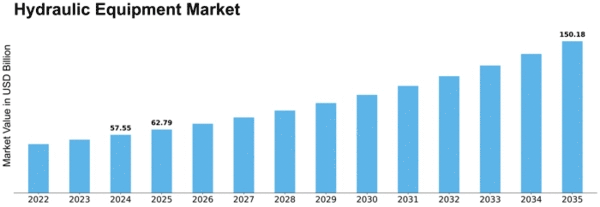

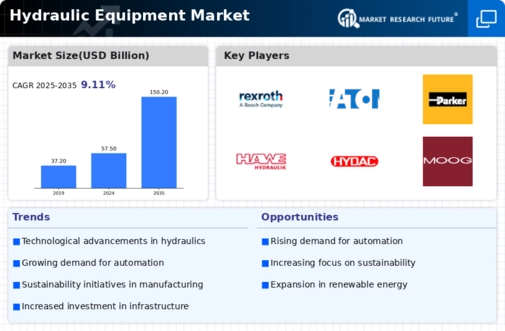


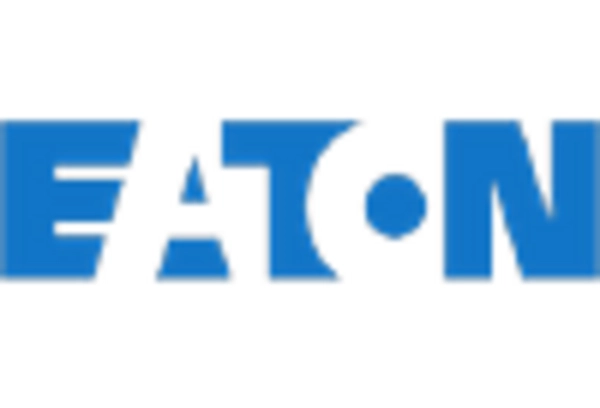
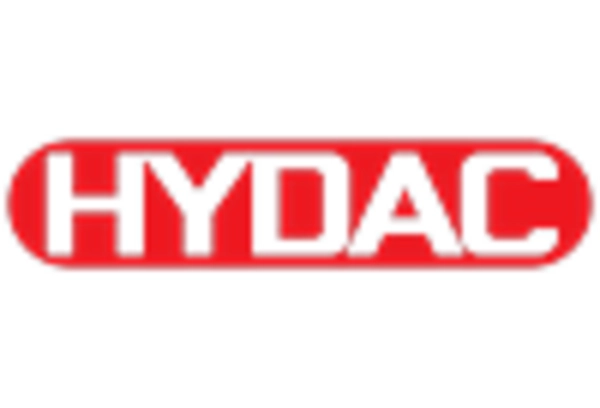
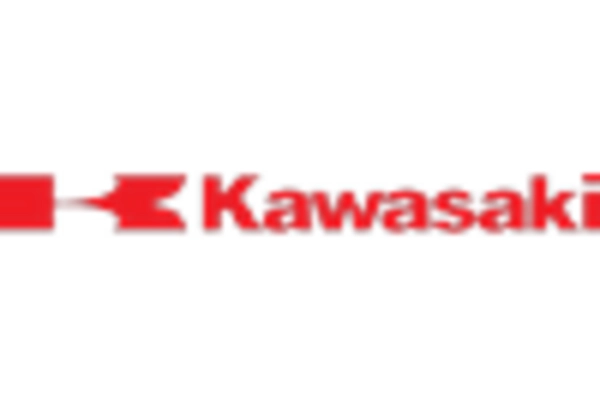










Leave a Comment